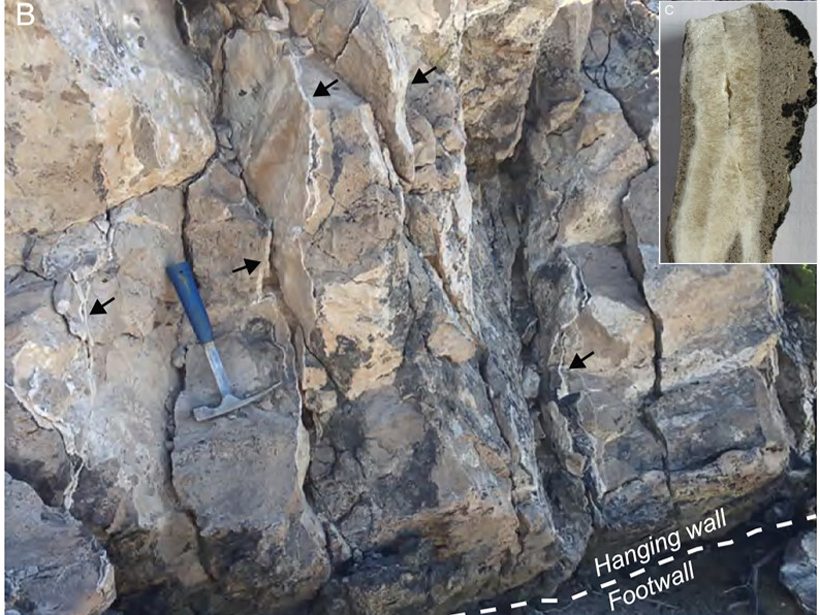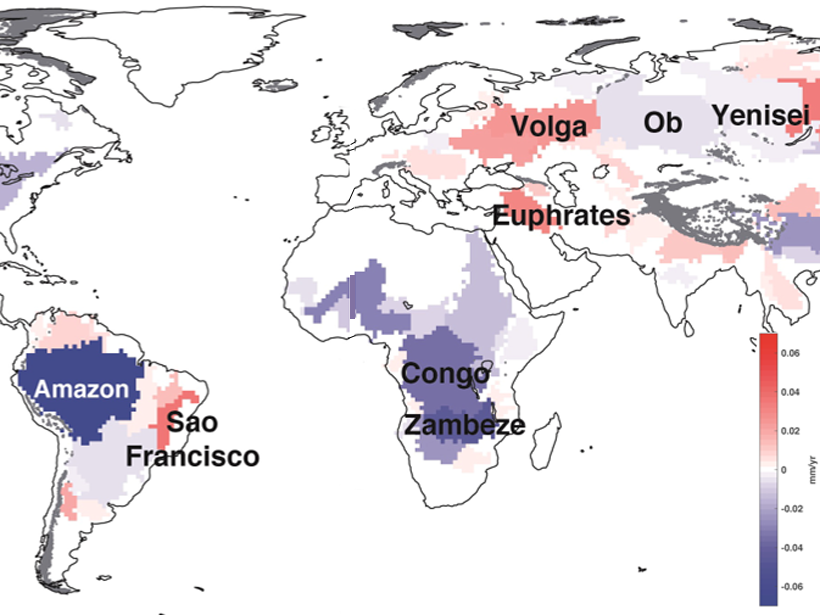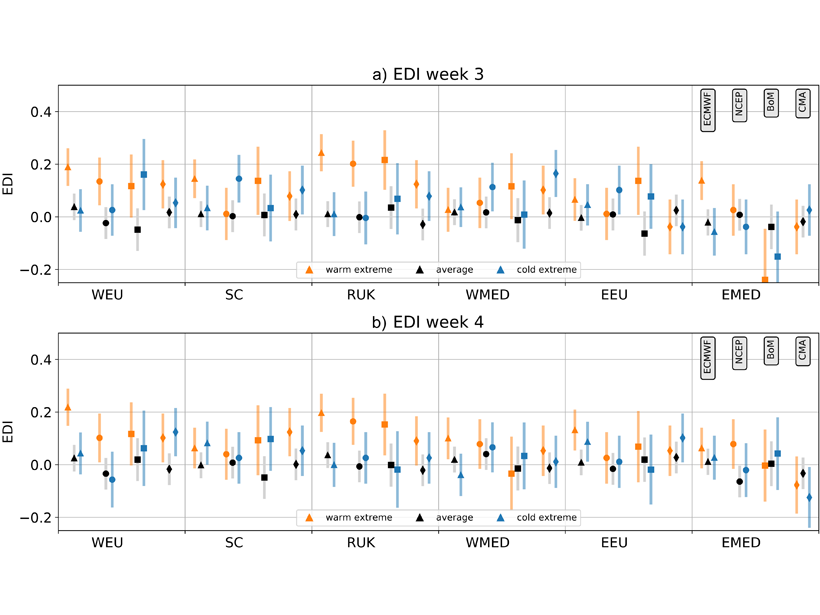Large-volume volcanic eruptions can create instabilities in the ground above magma chambers, leading to massive collapses and telltale calderas.
Geophysical Research Letters
Atmospheric Rivers Trigger Heavy Snowmelt in Western USA
A rare atmospheric phenomenon that transports large quantities of water vapor into the coastal watersheds of the western USA is responsible for up to 10–20% of intense snowmelt events in the region.
What Controls How Quickly Faults Heal?
The rates at which fault zones “heal” through secondary mineralization have been elusive, but uranium-thorium dating of calcite growth in fault-zone fractures may provide the answer.
A Closure on Sea Level Rise Budget
Terrestrial water loss may explain the lack of previous budget closure in global mean sea level rise.
Extreme Summer Heat over Europe Is Predictable Week-to-Week
Forecasts made one to a few weeks in advance, known as “subseasonal to seasonal” predictions, show more skill in predicting extreme summer heat waves over Europe than spells of normal or cold weather.
Submarine Rivers of Sediment
Turbidity currents move suspended sediment into the ocean. In general, the more sediment, the stronger the turbidity current, but one process may generate turbidity currents from very dilute rivers.
Examining the Structure of Tropical Cyclones’ Upper Levels
Unique observations used to examine the structure and mass balance of hurricanes’ top levels find that regions of high pressure violate the gradient wind balance.
Explaining the Missing Energy in Mars’s Electrons
Electrons energized and trapped at Mars were thought to lose energy inside the planet’s magnetosheath, but new research suggests a different explanation of spacecraft data.
Where Does the Carbon Go When Permafrost Coasts Erode?
Arctic coastlines have not been considered carefully in carbon cycles for long, but new research suggests that eroding permafrost may emit more greenhouse gases than previously thought.
Thermal Convection Can Power the Geodynamo
New high-pressure experiments on fluid iron suggest thermal convection without compositional buoyancy is sufficient to drive the dynamo generating Earth’s magnetic field.










